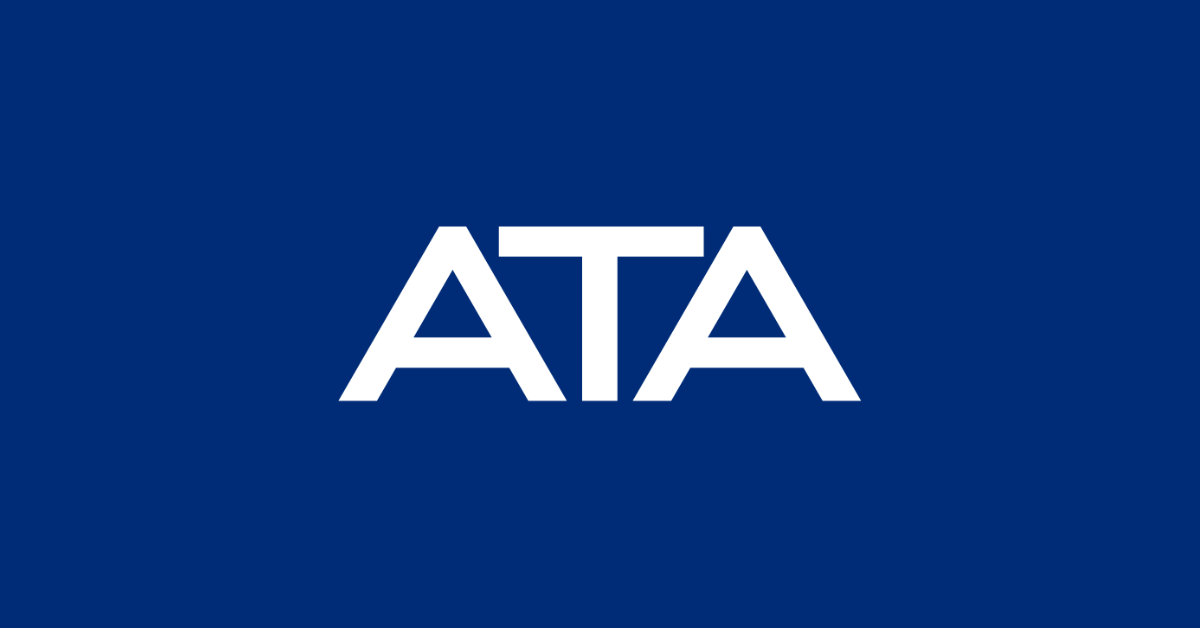ATA ANNOUNCES DIRECTOR OF HUMAN RESOURCES
ATA welcomes Natasha Pennington to their leadership team as the firm’s Director of Human Resources. Bringing more than 15 years of personnel experience to her role, Natasha will execute human resource strategies in support of the overall business plan and strategic direction of the firm, specifically in the areas of employee relations, compliance, HR administration, recruitment & talent acquisition, compensation, benefits, performance management, and HR technology.
“Natasha is an effective communicator and possesses many great qualities for her role at ATA,” said John Whybrew, managing partner of ATA. “I am confident Natasha will be a tremendous asset to help manage our team and streamline our operations.”
Previously, Natasha was an HR Manager with ATA Employment Solutions, ATA’s human resource management partner. Natasha’s career has provided ample opportunity for learning and development. She is a member of The Society for Human Resources Management (SHRM) and is a SHRM Certified Professional (SHRM-CP). She is also a member of the West Tennessee SHRM chapter (WTSHRM).
“I am passionate about people and learning what motivates them in their careers,” said Pennington. “I’m excited to be part of ATA to support and further develop its human resource strategies.”
Natasha earned a Master of Science degree in Human Resources as well as a Graduate Certificate in Organizational Leadership and Human Resources Management from Chapman University System. She also received a Bachelor of Science degree in Business Administration with an emphasis in Industry Analysis from the University of Redlands.
Natasha received the Volunteer of the Year award in 2016 for her active involvement with Canine Support Teams and their Pawz for Wounded Veterans program. She previously served on the Obion County Chamber of Commerce board in 2020/2021. She is a graduate of the Class of 2019 Adult Leadership Obion County and currently serves on the board as vice president.
Pennington moved to Tennessee from Southern California in 2017. Natasha said, “My husband and I love Tennessee, and we love living and working in Obion County. Moving to Tennessee is one of the best decisions we have ever made!”
Natasha values her faith and family above all, but in her free time, she enjoys fishing, hiking, kayaking, working on her hobby farm, and doing anything adventurous or outdoors.
###
About ATA
ATA is an advisory firm that works with clients on all aspects of their business needs. ATA guides its clients towards success by providing consulting services that are not traditionally associated with the accounting industry. For example, Revolution Partners, ATA’s wealth management entity provides financial planning expertise; ATA Technologies provides trustworthy IT solutions; ATA Digital focuses on growth through the design and development of marketing and digital products as well as offers video, social media, and digital content for small businesses; ATA Capital is an investment banking firm dedicated to providing clients with M&A brokerage services; and lastly, ATA Employment Solutions is a comprehensive human resource management agency.
ATA has 16 office locations in Tennessee, Arkansas, Kentucky and Mississippi. Recognized as an IPA Top 150 regional accounting firm, it provides a wide array of accounting, auditing, tax and consulting services for clients ranging from small family-owned businesses to publicly traded companies and international corporations. ATA is also an alliance member of BDO USA LLP, a top five global accounting firm, which provides additional resources and expertise for clients.







